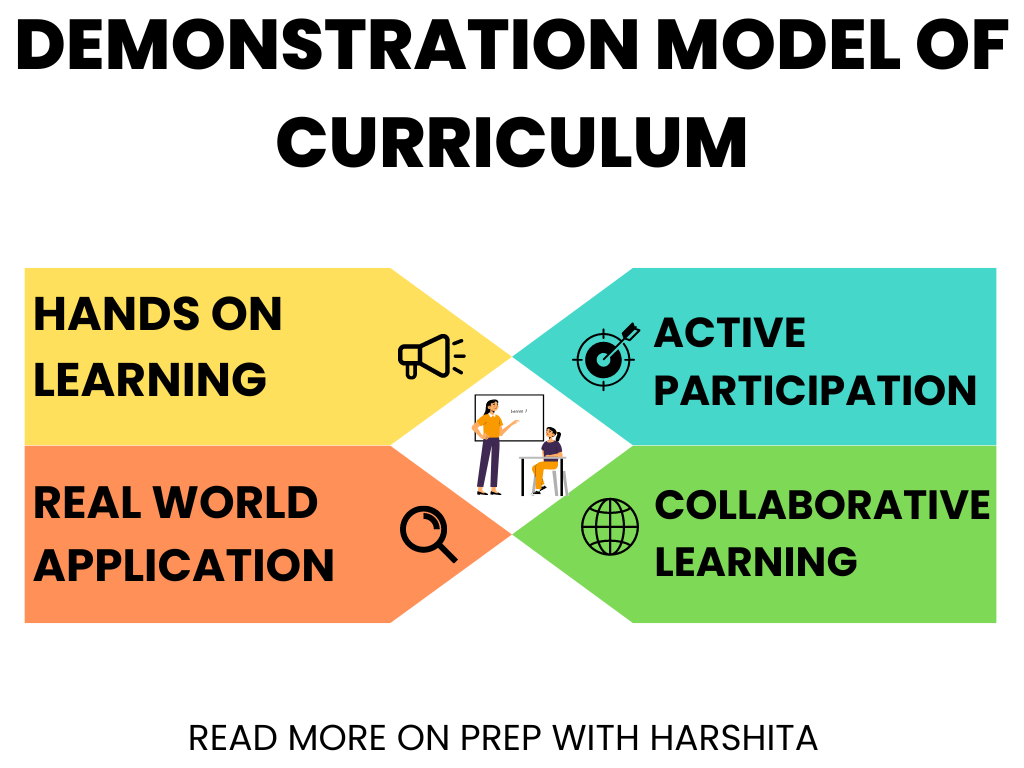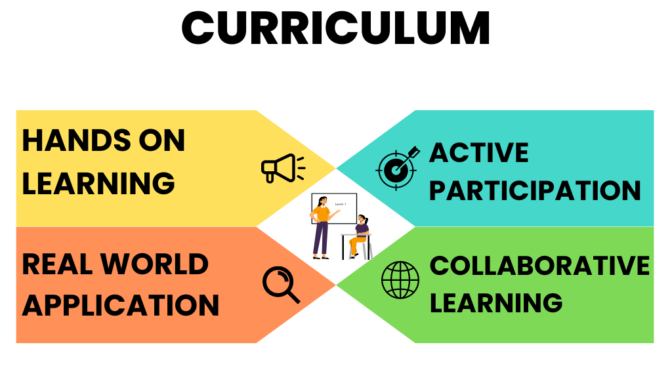The demonstration model of curriculum development refers to a teaching approach that focuses on hands-on learning and active participation by students.
This model emphasizes the use of demonstrations, experiments, and other interactive activities to help students understand and apply concepts.
In the demonstration model of curriculum, teachers are facilitators of learning, guiding students through the process of discovery and exploration. Students are encouraged to ask questions, make observations, and draw conclusions based on their experiences. This approach emphasizes the development of critical thinking skills and the ability to apply knowledge to real-world situations.
Features of Demonstration Model of Curriculum
The demonstration model of curriculum is a student-centered teaching approach that focuses on active learning and the use of demonstrations, experiments, and other interactive activities to facilitate learning. Some of the key features of the demonstration model of curriculum include:
- Hands-on learning: The demonstration model of curriculum emphasizes hands-on learning, where students actively participate in the learning process by conducting experiments, making observations, and analyzing data.
- Active participation: This model promotes active participation by students, who are encouraged to ask questions, make predictions, and draw conclusions based on their experiences.
- Use of technology: It often utilizes technology to enhance the learning experience, such as interactive whiteboards, online simulations, and virtual labs.
- Collaborative learning: This model encourages collaborative learning, where students work together in groups to share ideas, solve problems, and support one another.
- Real-world applications: The demonstration model of curriculum emphasizes the practical application of concepts, helping students understand how what they learn in the classroom applies to real-world situations.
- Development of critical thinking skills: By engaging students in active learning and encouraging them to draw conclusions based on their experiences, the demonstration model of curriculum helps develop critical thinking skills.
- Flexibility: The demonstration model of curriculum is flexible, allowing teachers to adapt their approach based on the needs and abilities of their students.
This model can be used in a variety of subject areas, from science and math to social studies and language arts. It is particularly effective in subjects that require hands-on experimentation, such as chemistry or biology.
Overall, the demonstration model of curriculum is a valuable tool for educators who want to create an engaging and effective learning environment that promotes student learning and achievement.
Also Read : Vocational Training Model of Curriculum

Also Read : Prep with Harshita


16 thoughts on “Demonstration Model of Curriculum Development”